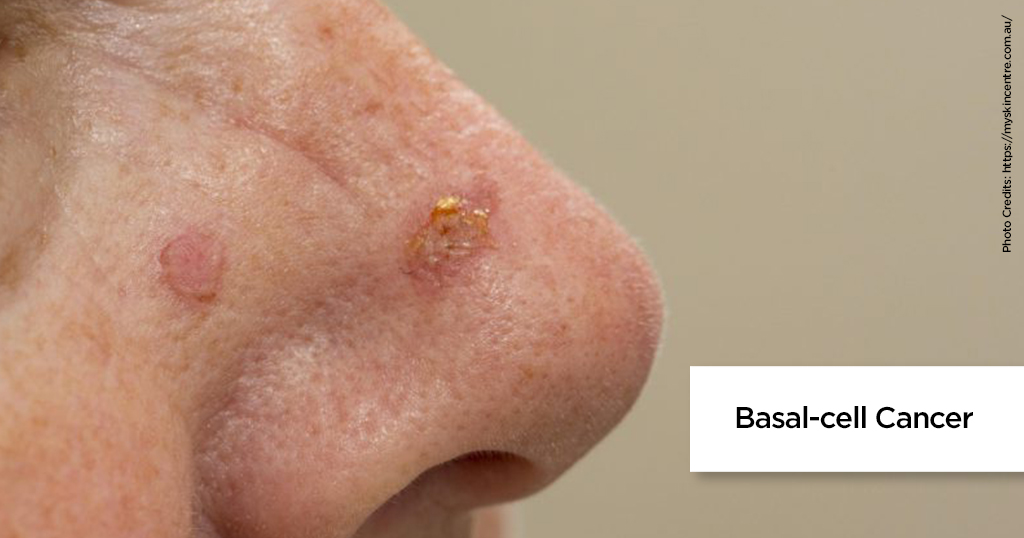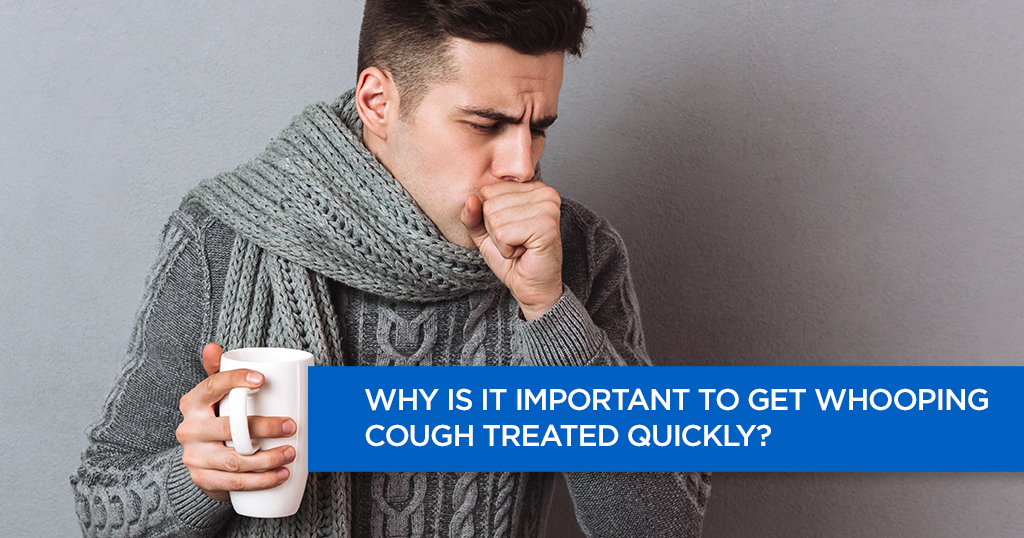All about Basal-Cell Cancer (Carcinoma)


What is basal-cell Cancer (Carcinoma)?
A type of skin cancer, basal-cell cancer (also called basal-cell carcinoma) accounts for more than 90% of skin cancers. It is an abnormal growth or lesion that arises in the basal cells (small, round cells found at the base of the epidermis).
Signs and symptoms of basal-skin cancer
Basal-cell carcinoma grows slowly to a noticeable size. It may appear as an open sore, scar, pink patch or a shiny bump.
Causes of basal-cell cancer
1. The main risk factor is exposure to ultraviolet rays, which can damage the DNA present in the skin cells thus causing them to grow and divide uncontrollably.
2. The amount and type of melanin also determines the risk, as people having less light absorbing melanin have greater chances of developing basal-cell carcinoma.
3. Men are likely to develop this type of skin cancer before the age of 40. After 40, both sexes have equal chances of having this type of skin cancer.
Also Read About: Squamous Cell Carcinoma of The Skin
4. Family history plays an important factor as complexion is determined by the genes
Diagnosing basal-cell cancer
A biopsy on the skin lesion or growth can determine if it is cancerous or not.
Treating basal-cell cancer
The treatment for basal-cell skin cancer depends on the size and location of the tumour. Associated risks, age and the general medical history of the individual plays a deciding role in treatment. The aim is to remove the cancerous tissue successfully.
1. Curettage and desiccation are one of the methods, wherein the cancer is scraped, and then electricity is applied to kill the remaining cancer cells. There are no stitches in this method used to treat small cancers
2. In case of large growth, surgical excision is used to remove the tumour
3. Radiation therapy is used for areas that are difficult to be operated.
4. Cryosurgery is another method used to treat basal-cell cancer. Here, liquid oxygen is used to freeze the growths and kill cancer cells
5. Oral application of creams such as Efudex and Fluroplex, are prescribed in minor cases. They attack the cancer cells and also help build immunity. They may cause temporary inflammation
Preventing basal-cell cancer
1. The best way to lower the risk of skin cancer is to avoid sun exposure, especially between 10 am to 4 pm.
2. Using sunscreen, wearing hats and protective clothing can go a long way in protecting you from skin cancer.
© Copyright 2024. Apollo Hospitals Group. All Rights Reserved.
 +91 8069991061
Book Health Check-up
Book Health Check-up
Book Appointment
Book Appointment
+91 8069991061
Book Health Check-up
Book Health Check-up
Book Appointment
Book Appointment







